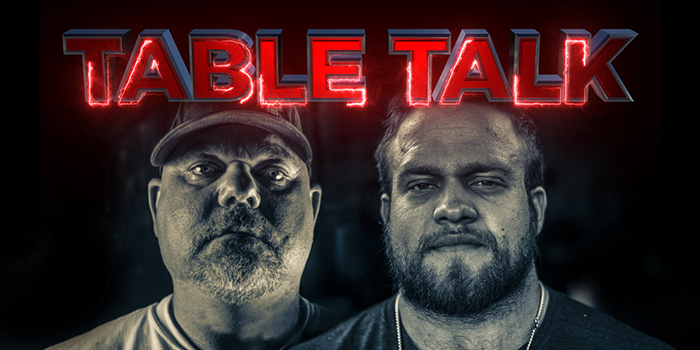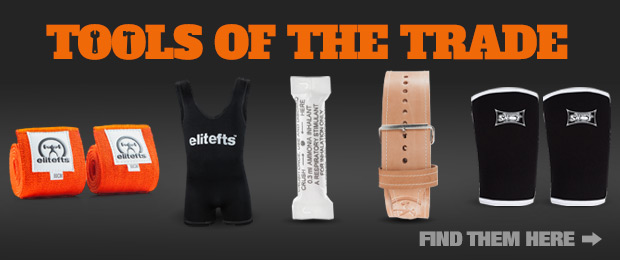
Sets, form, program design, and competition distance (measured in time, not miles or kilometers). Those are some of the elements someone should take into account when they ask this question:
"What percentage of your workout should accessory work take?"
Dave Tate notes that this answer is for one training session, as an entire training cycle would result in a completely different answer.
For Joe Sullivan, it depends on where a person is at in the training cycle. If you’re far out from the meet and are focusing on building in what you could call an off-season, you could devote a lot more time to accessory work that’s not dedicated to a barbell or specialty bar of some sort. If you’re closer to a meet, you’re going to be spending more time under the bar or whatever is closest to resembling what you’re doing to do in competition.
He’s learned from Dave that there’s a point of diminishing returns. As Joe got stronger, he was able to have one or two solid squats, but his form deteriorated due to the weight of the load. A novice might be able to do five sets of five and make the reps look decent, but if you’re starting to “do it to do it” and your form is starting to look different in each rep, that’s when Joe would add more accessory work and cut the main focus out.
Dave adds his take:
"I don’t disagree with what he said. It’s just that there are different training methodologies. What I’ll add to what he said is regardless of what type of method that you’re training with, if it’s block, linear, or conjugate, a lot of what he said still applies. The closer the meet comes, the more specificity has to be pulled into the process. Accessories really depend upon the workload of the main lift that’s done for that day."
That means if you’re doing the conjugate, you’re focusing on max effort and dynamic lift. The conjugate, in general, requires more accessories because there’s more of a workload that can be trained, recovered from, and sustained.
If you’re working with block or linear programming, you’ll be working on the main powerlift. Due to that, you’ll probably do less accessory work since that main lift is the focus.
"It’s either you suck at the main lift or you’re not trying hard enough because you’re not producing enough stimulus to cause change to actually get better and stronger at the movement you’re doing."










